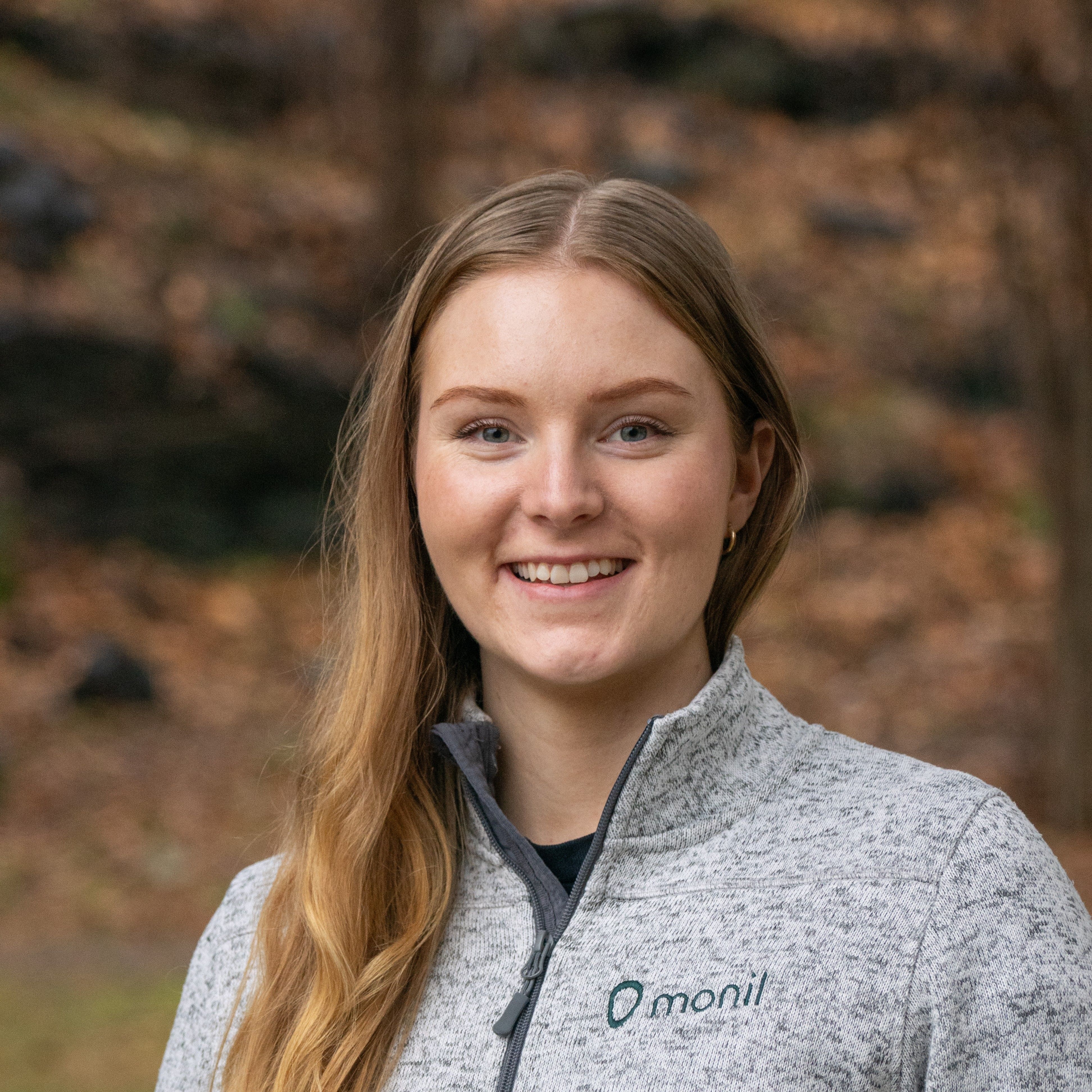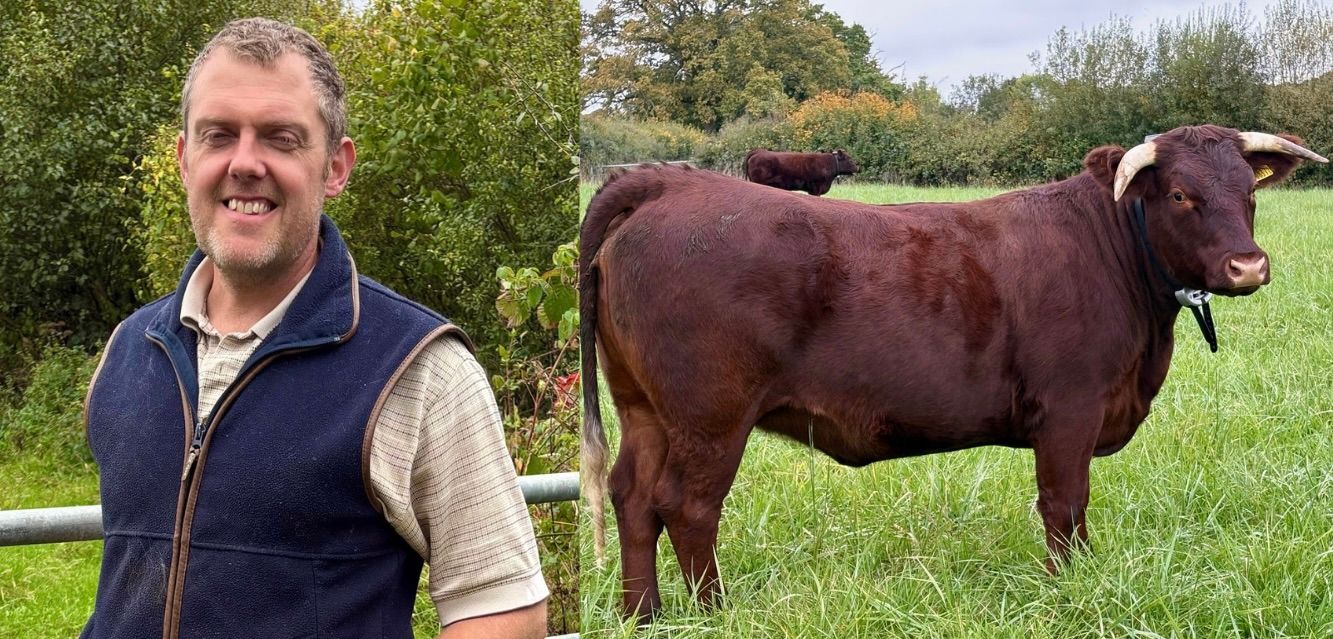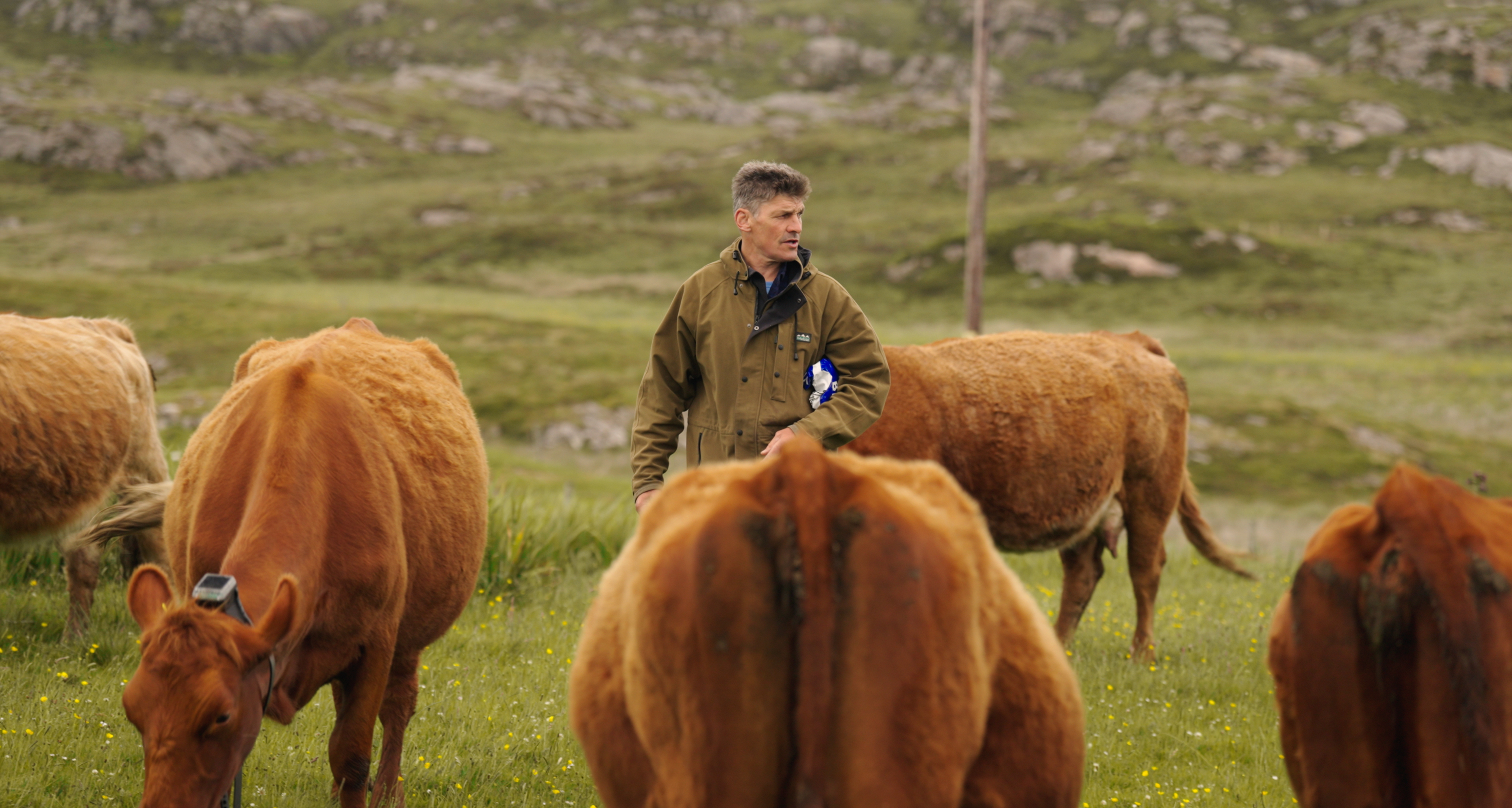How the Smith Family Puts 150 acres Back Into Grazing in the Scottish Highlands


On the edge of the Craignforms, Auchernack Farm in Strathspey is taking a fresh approach to upland cattle management. With a long-standing commitment to sustainable practices and a keen eye on the future, they’ve partnered with Monil to use virtual fencing to bring previously unutilized uphill grazing grounds into rotation.

Opening Up Untouched Hill Ground
The hill at Auchernack hasn’t been grazed in years. Without physical fencing, it simply wasn’t practical to use. Now, with Monil’s GPS-enabled collars and app-based fencing system, that’s about to change.
The Smiths manage the area in two separate grazing groups, with 15 Shorthorn bulling heifers and the bull. Depending on how the land responds longer-term, they’ll move the herd weekly to optimize pasture use and animal performance.
“Getting the hill back into use is the main thing,” says Calum Smith. “But having peace of mind—knowing where the animals are—that’s just as important.”
Smooth Setup of Virtual Fencing System
Training started on a Friday morning. The team put on the collars in under an hour, and the animals were released into the field shortly after. Since the cows settled quickly, the virtual training fence was activated that same afternoon.
The boundary of the training fence was drawn 2–3 meters inside the existing physical fence, giving the animals a clear and understandable signal zone. On that first day, there were plenty of interactions with the fence, which is a normal part of the learning process. By day two, the event graph showed a steep drop as the cows adapted.
“It clicked for them really fast,” Calum recalls. “By the second day, they were already staying well within the boundaries. It was honestly impressive.”
With their growing confidence, they decided to move the virtual boundary to challenge the cows a bit more, resulting in a brief spike in events before the graph settled down again. After just a few days, the electric dividing fence was removed completely.
You can read more about Monil’s training approach here.

Grazing with Flexibility and Control
Using the Monil system, the Smiths can now rotate their herd across the 150-acre hill in a way that works for both cattle and pasture. Weekly movements depend on area size and conditions. This gives the family the flexibility to adapt while maintaining control over where the animals are and how long they stay.

The Smiths are proof of how virtual fencing can offer a practical solution to real-world challenges. By bringing long-unused land back into rotation, saving time, and simplifying herd management, they’re showing what’s possible with the right tools in place.
Monil has sold over 10,000 collars to farmers ready to get more out of their pastures. If you're interested in what the technology can do for you, fill out the form below, or get in touch with us today for a chat.

